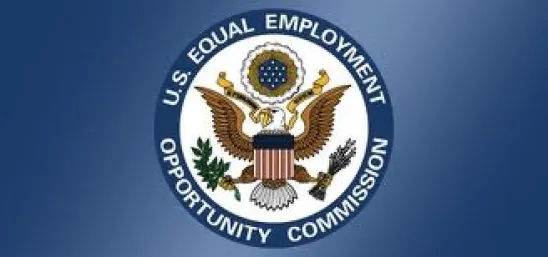The number of charges filed with the U.S. Equal Employment Opportunity Commission rose in the Commission’s last fiscal year, and the amount of money the agency recovered through administrative enforcement and litigation rose sharply in 2015 over 2014. (The fiscal year runs from October 1 to September 30.)
The EEOC released data breaking down the approximately 90,000 charges it received during the government’s fiscal year on February 11, 2016. Charges were up from the 2014 total, which represented a near-decade low. In particular, retaliation claims accounted for 44.5% of all charges, while those alleging race and disability discrimination (up nearly 6% in 2015) amounted to 34.7% and 30.2% of charges, respectively. As for the complete breakdown of claims (some charges alleged multiple bases):
-
Retaliation: 39,757 (44.5% of all charges filed)
-
Race: 31,027 (34.7%)
-
Disability: 26,968 (30.2%)
-
Sex: 26,396 (29.5%)
-
Age: 20,144 (22.5%)
-
National Origin: 9,438 (10.6%)
-
Religion: 3,502 (3.9%)
-
Color: 2,833 (3.2%)
-
Equal Pay Act: 973 (1.1%)
-
Genetic Information Nondiscrimination Act: 257 (0.3%)
In the release, the EEOC also touted its recoveries. In FY 2015, the EEOC recovered more than $525 million in private, state and local government, and federal workplace actions. This includes $356.6 million in recovery in private sector and state and local government workplaces through mediation, conciliation, and settlements; $65.3 million for charging parties through litigation; and $105.7 million for federal employees and applicants. The total figure is approximately $60 million more than the EEOC brought in the year before.
Litigation recoveries also jumped nearly 300%. In FY 2015, the EEOC filed 142 merits lawsuits, up from 133 in 2014. The majority of the lawsuits filed alleged violations of Title VII of the Civil Rights Act of 1964, followed by suits under the Americans with Disabilities Act. This included 100 individual lawsuits and 42 lawsuits involving multiple victims of discriminatory policies, of which 16 were systemic.
What does this mean for employers?
While employers should strive to reduce the frequency of charges overall, the data shows retaliation was by far the most frequently alleged basis for disputes brought to the EEOC, making up 45% of all private sector charges. Indeed, retaliation has been at the top since 2010.
Moreover, the agency itself states that “[p]reserving access to the legal system, which includes retaliatory actions, is a national priority for [the] EEOC.” To that end, the agency also is seeking public input on a proposed update of its enforcement guidance addressing retaliation and related issues.
If the EEOC characterizes retaliation as a “national priority,” so should employers. In 2016, given the prevalence of — and focus on — retaliation claims, employers should be training management and human resources personnel on how to receive and address internal discrimination complaints. Likewise, company policies and procedures regarding complaints should be drafted clearly and followed uniformly. These measures, if timely and effectively implemented, can mitigate the frequency of retaliation charges.





 />i
/>i

